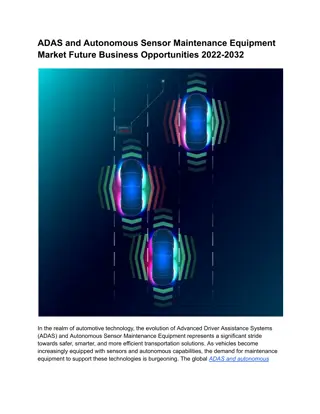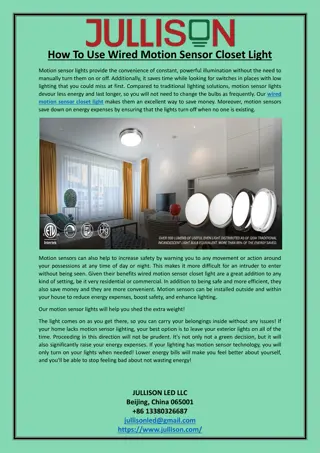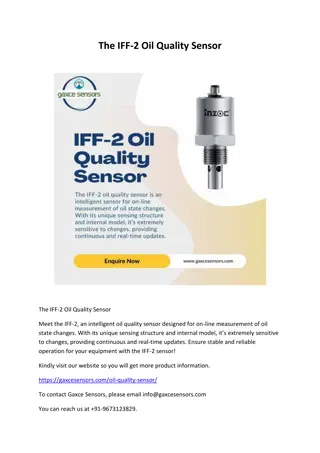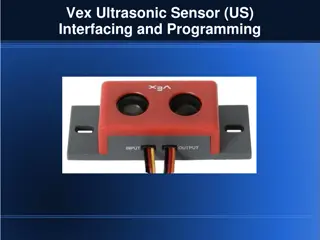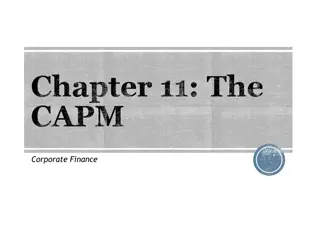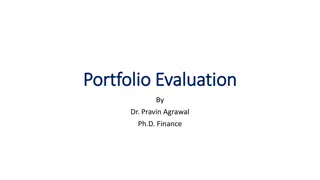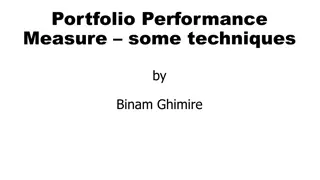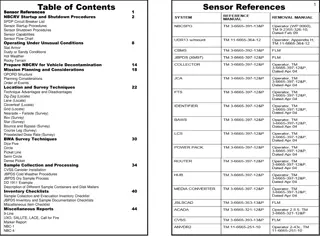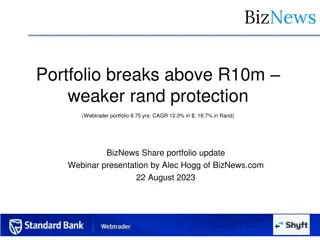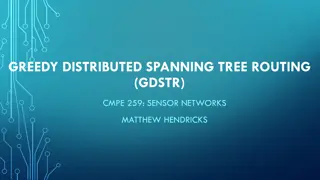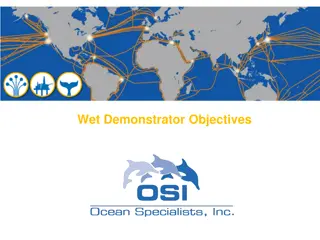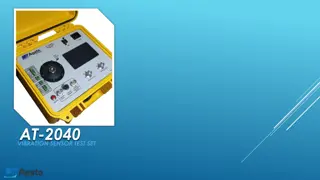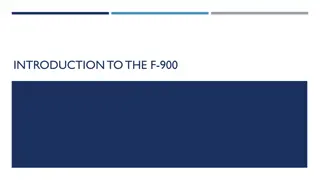Comprehensive Sensor Portfolio Analysis for Data Interpretation
This portfolio revision focuses on providing detailed descriptions and analysis of individual sensors for data collection and interpretation. It includes information on instrument specifications, data measurement setups, ancillary data, data processing steps, results interpretation, and cautionary notes. The aim is to ensure accurate data collection and insightful interpretation through a systematic approach.
Download Presentation

Please find below an Image/Link to download the presentation.
The content on the website is provided AS IS for your information and personal use only. It may not be sold, licensed, or shared on other websites without obtaining consent from the author. Download presentation by click this link. If you encounter any issues during the download, it is possible that the publisher has removed the file from their server.
E N D
Presentation Transcript
Revision a single class portfolio that will go on web Portfolio for week one revise your analysis products and complete the following: For each individual sensor, provide: 1) Description of instrument what it is, what it does, link to manufacturer, photo, etc. 2) Data measurement physical set up, procedure details, calibration (gory details of dark values, what is used to blank, how the blank is done, what is used to calibrate, how calibrated, etc.), what samples (dock, clay, culture, etc., etc.) and how measured 3) Ancillary data such as the radiometer measurement of bb9 output 4) Data processing gory details and figure for each step (raw data, first step, etc.); code 5) Data results and interpretation. 6) Figures have captions, Y and X axis labels, units 7) Cautionary notes (what went wrong, etc.) Multiple sensor interpretation multiple measurements on same sample; are data consistent? How do multiple measurements support or not support interpretation
Cruise data documenting what you did (calibration reports) what sensors, most recent calibration data sheets (manufacturer) other calibration/supporting data for example radiometer measurement of bb9 own calibration e.g., for fluorescence to chlorophyll, etc.), how data were collected, how data were processed (sequence, values, etc.), example graphs for each step of data processing, final data products. Your cruise report will be presented to NASA by Jeremy as a template for a new SeaBASS data submission protocol.
Dinner tonight 1800 we ll provide some wine and beer (not from grant) Brunch on Saturday and Sunday will be at 1030 New linen on Monday verify with folks in the kitchen




